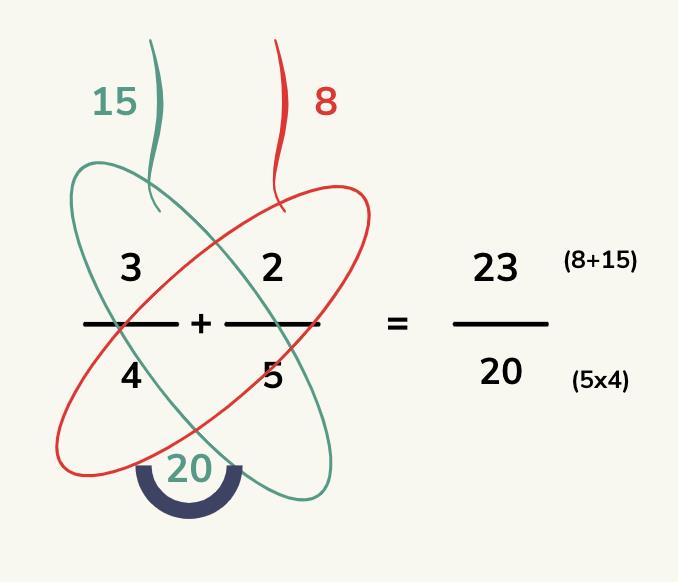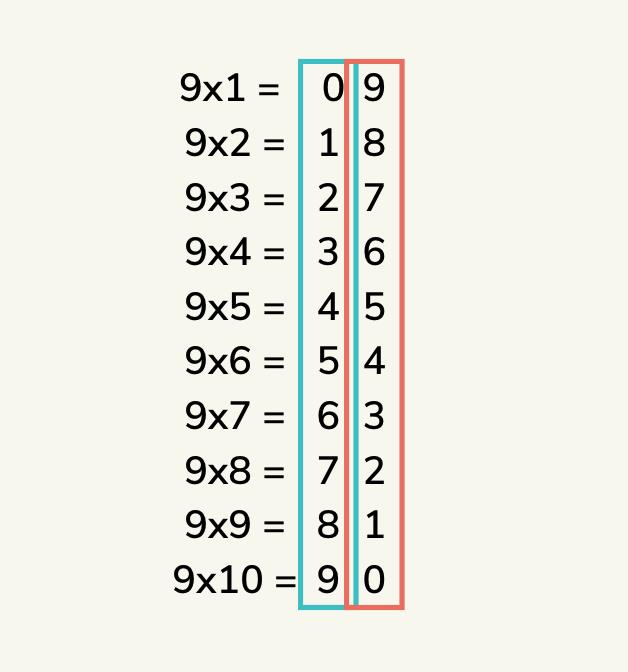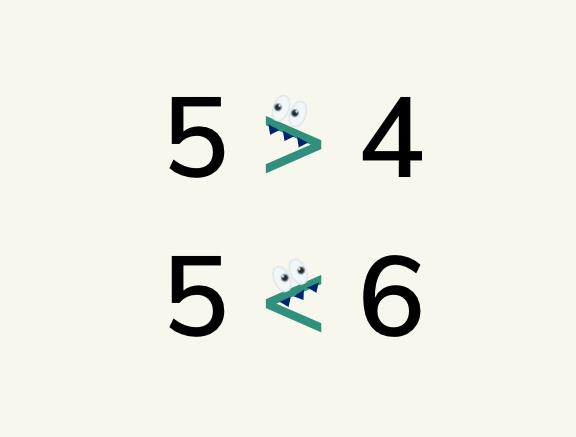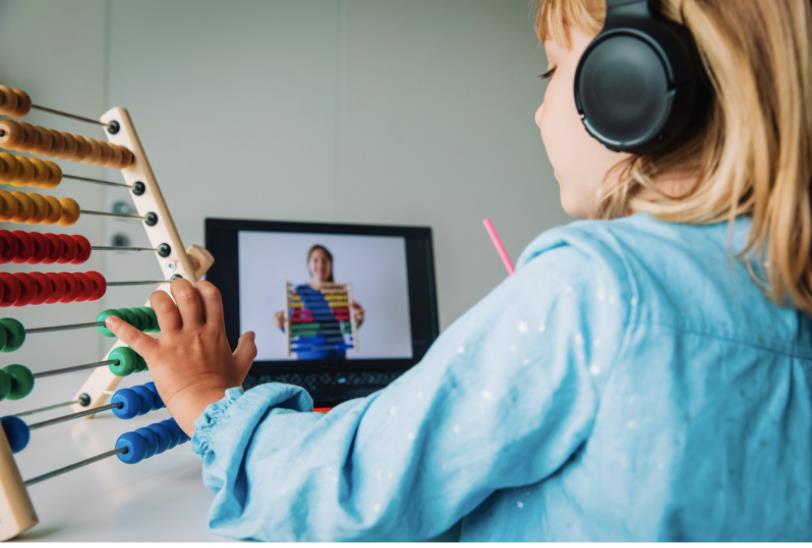The best maths hacks for primary school kids
Does your child hate maths? Don't worry too much and take care of it. Maybe he/she hates them because he/she is not studying them in the right way, despite what we may think, maths is a complicated subject, it is not the typical subject in which all you need is hours and hours of study, but it is necessary for your brain to process and understand mathematical logic correctly so that you can make progress in this mathematical world.
If you have detected that your child is struggling to understand this subject, we recommend that you take a look at Classgap's maths classes for children, on this platform you will find hundreds of online teachers who will help you in a totally personalised way with maths tutoring.
Maths hacks for kids
In maths there are some techniques and shortcuts that, curiously, are not usually taught in schools but are very useful. Stick around and make a note of these tips that will help your children learn to solve exercises and problems much more easily and quickly.
- Multiply by 11:
This method is only useful for multiplying two-digit numbers by 11, but it's really easy. You only have to add both numbers and put the result of the sum in the middle of them, this will be your final result:
Example: 34 x 11= 374. 3+4= 3 7 4
- Butterfly trick:
In case you have to add two fractions the only thing you have to do is to draw a butterfly over the sum How? Very easy, looking for the common denominator of both fractions and multiplying the numerator of one fraction by the denominator of the other, the sum of both figures will be the numerator of the new fraction.

- Learn the table of 9:
It is usually the most difficult table to memorise and in reality all you have to do is two columns: the first one will go from 0 to 9 and the second one will have the reverse order, that is to say from 9 to 0. Putting both columns together we obtain the results of the table of 9.

- Understand the inequality signs:
Many times we get confused with these symbols and we do not understand which one we have to use in each case. If we imagine that these small signs are like the open mouth of a crocodile, we only have to remember that the crocodile always eats the bigger number.

Games to learn maths at home
1. Hands and a cardboard: these are the only two materials you will need to make this craft that will help your little one in their first steps with maths. To create this game, draw the outline of their two hands on a piece of cardboard, cut it out and stick it on a piece of paper, leaving the part of the fingers unattached, so that the fingers can go up and down depending on the operation you are doing.
2. The abacus: a great tool for learning to add and subtract. They can start learning to count, to group coloured balls and to add and subtract these balls.
3. Measuring: to familiarise them with units of measurement such as weight, size, etc. you can ask them to measure the ingredients you are using in the kitchen, compare weights of different products or compare the size of everyday objects you find around the house so that they begin to understand the difference between heavy/light, short/long, big/small.
4. Geometry: children can learn geometry and spatial relationships with typical toys such as building blocks and derivatives, you can also ask them to recognise basic shapes in your home, ask them what shape the clock on the wall or the socket box is and ask them to describe their lines and sides.
If you want to know the keys for your children to follow online maths classes for children without any problems, don't miss this blog where we explain it in detail.

Online maths lessons for kids at Classgap
In addition to all these tips, Classgap's online maths classes are a great tool with which your child will be able to reinforce their maths level without much effort. If you want to know how it works, it's very simple, just follow these steps:
- Once you have registered, you will be taken to the list of maths teachers for children.
- Use the filters to select what you are most interested in: the price you want to pay, the timetable you want...
- Select the teacher: when you find the one that best suits your objectives, see their profile and check their timetable.
- Once you have found the one you like the most, you can book the class.
- Free trial: many teachers offer a free 20-minute trial to get to know each other and explain your goals to see if they are the right person to meet them. After the trial you can decide if you want to continue with them or look for someone else.
Find an online maths tutor for kids
- Individual lessons or packs: the teachers offer various prices. You can book a one-to-one lesson or choose a pack. The advantage of the packs is that the price per class is cheaper. If your idea is to take between 5 and 10 classes, they are a very good option.
- When the class starts, you will have the option of accessing the virtual classroom. There you will find all kinds of tools to make your online classes complete. The virtual whiteboard, chat, the option to share documents, links or files...
- Once the class is over, you will be able to leave a comment about the class, this way you will help other users who are interested in the same subject.
- Payment: this is usually one of the things we are most afraid of when it comes to doing things online. Don't worry, the platform offers a secure and easy payment system.
